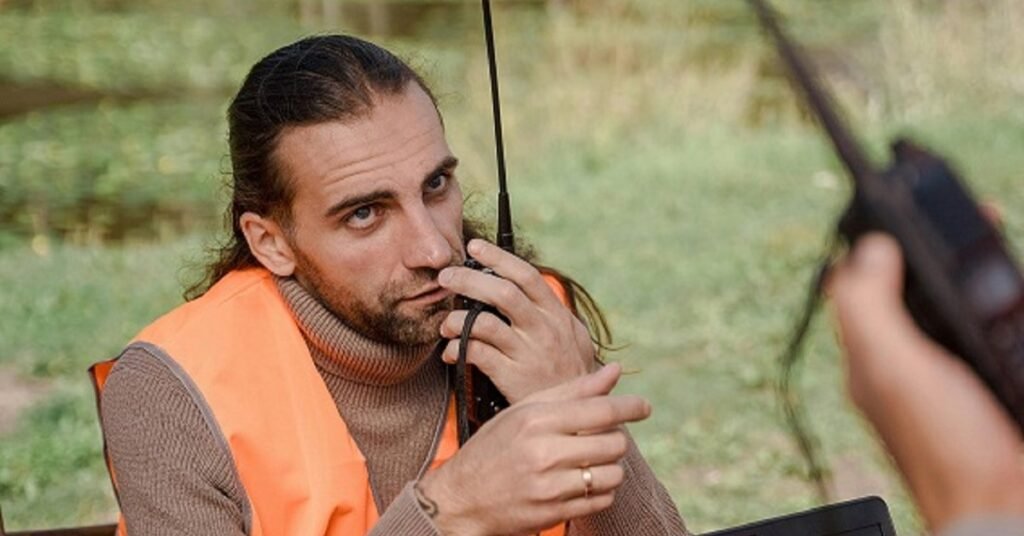Table of Contents
ToggleHam Radio Resistors: How Resistors Keep Signals Strong and Clear
You have probably heard of radio stations where they maintain the radio signals to stay dry, clear and perfect. We know that resistors are not quite the heroes of radio communication. But without them, we would hear nothing but static. Behind the scenes, tiny little links of semiconductor material that control current or shape signals make the world operate on a different level.
Bottomline: Let us crack into knowing what resistors are! Today, we are going to look at both what they do, why that is important in radio circuits, and why every radio enthusiast should have an appreciation for these humble parts. So, grab a snack, get nice and comfy, and get ready to take a sweet and fun journey into the world of resistors!
What is a Radio Resistor, Really?
A resistor is the electric equivalent of a freeway speedbump. The task of it is to oppose or limit the current flow in a circuit. A future high-speed freeway full of electric “cars.” Without resistors, they would go full speed ahead, crashing into one another, or, even worse, frying your whole circuit!
However, resistors do not completely turn off the current. They simply slow it down a bit so the circuit can function at a safe, controlled speed. In radio, for example, even the slightest change in the flow of current can short circuit signals, so this controlled flow is important.
The Functions of Resistors in Radio Circuits
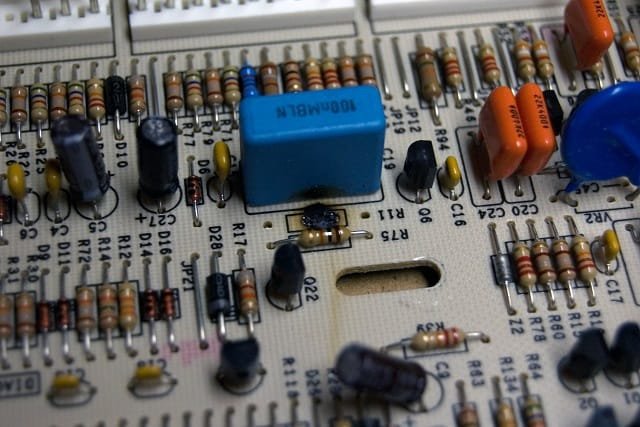
If resistors were traffic cops, everybody would be walking a beat, and would be on the radio anyway. They assist in powering, regulating the strength of signals, and filtering noise in radio circuits. Let’s break it down.
Current Control in Amplifiers
Many radio devices rely on amplifiers. They amplify weak signals, transforming a murmur into a roar. But amplifiers can overstimulate, adding more current than the current magnetic can tolerate, thereby distorting the signal. So resistors also step in to provide balance. They control the current allowing the amp to run at safe levels giving a robust but uncluttered signal.
Need a clear idea about the importance of amplifiers in amateur radio? Click here.
Tuning and Filtering Signals
Radio signals do not always move solo. At other times they bring new, unwanted relatives called signals, that are noise and interference. When combined with capacitors and inductors, resistors form what is called a filter circuit. This arrangement filters out undesirable frequencies, allowing only the desired signal to pass through. It acts like a personal “signal bouncer,” rejecting the riff-raff.
Voltage Divider: Passing on A Least Resisting Load
In radio circuits, we do not need the same voltage for all components. Certain like a great shove, some would favor a smooth prod. That’s where resistors shine. They are arranged in a circuit, called a voltage divider, to split the voltage between components. You can think of it as cutting a pizza, each piece gets exactly what to make them work best!
Functions of Various Types of Radio Resistors
Not all are resistors — relays are not resistors Image: Quercus. In fact when you see those resistors, there is a whole world of it! Each one has its own strengths, quirks, and uses when it comes to radio. Let’s introduce some of the key players.
Fixed Radio Resistors
The permanent ones are the fixed resistors. So their resistance value is fixed and does not vary — useful for providing a constant current. They are also excellent for use in circuits requiring predictable performance, such as amplifiers and filter circuits. The fixed resistors are the set it and forget it type; great for keeping it calm in a radio circuit.
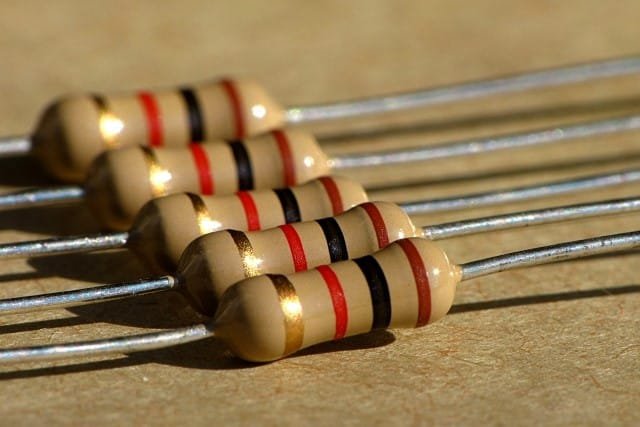
Variable Radio Resistors
For example, variable resistors (potentiometers) allow you to choose the resistance. They are like the dimmer switch on the light in your living room. You can ramp them up or down based on how much juice you want to let pass. In radio equipment they are often found on a tuning dial, letting you find your optimum ratio for a crystal clear signal.

Thermistors
Thermistors are temperature-dependent resistors As the circuit changes temperature, so does their resistance. They prevent the circuits from burning up in radios. When the temperature rises, they act to increase resistance and lower current to cool things off. Thermistors are like the cool kids on the block of resistors, always making sure the mood is right.

Metal Film Radio Resistors
The metal film resistors comprise high precision and stability. That thin layer of metal has a uniform resistance. Metal film resistors are used in high precision radio applications such as frequency modulation to keep the signal clear and accurate.
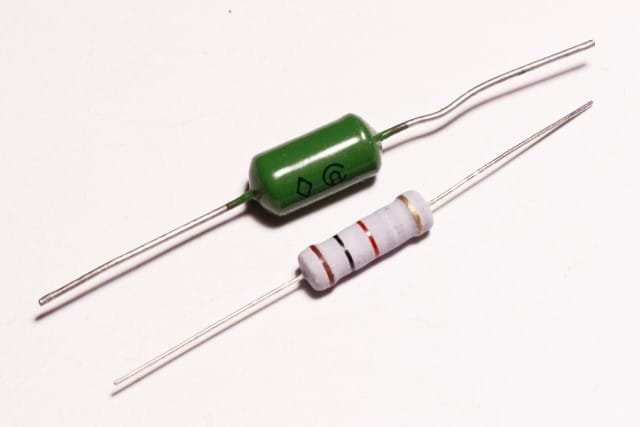
The Importance of Resistors for Clear Signal
Radio signals are sensitive. A tiny fluctuation in current or voltage can distort the signal and the result is static, noise, or complete loss of clarity. Resistors are what radio signals desire in this consistency. Unsourced, unwanted frequencies are filtered out, current is stabilized, and voltage spikes are eliminated, which helps ensure your signal comes through loud and clear to the other end of the chain.
Resistors as Noise Reducers
And in a radio circuit, noise is similar to people talking in the background of a concert. It distracts from the performance: Your Signal. When used together with capacitors, the resistors will form low-pass filters to filter out high-frequency noise. Resistors serve the purpose of controlling these frequencies to achieve a clean and noise-free broadcast.
How far can you connect loud and clear with your handheld walkie-talkie? Find out here.
How to Build Circuits with Resistors: Series & Parallel
Depending on how you connect resistors in a circuit they behave. In the case of radio communication, it comes down to the two primary configurations, which are series and parallel.
Series Circuits
Resistance forms a row in a series circuit, like ducks in a pond. In a series connection, the current goes through one resistor after another, and the resulting resistance is simply the sum of all resistors. For example, in amplifier circuits, steadiness in current is key, and series circuits offer that.

Parallel Circuits
Resistors in a parallel circuit are similar to branches on a tree. The incoming current divides and flows through each of the branches. In contrast, parallel circuitry is helpful when you want to break the load into many paths to create lower total resistance. This kind of config is commonly employed in radio receivers, as it must be flexible for different frequency bands.
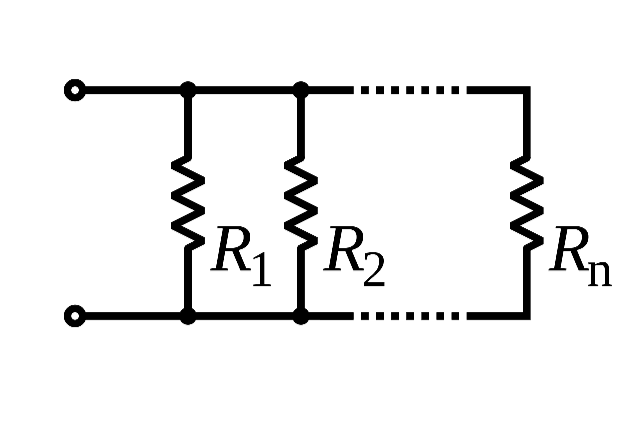
Handling Resistors in Radio Projects: Some Tips in Practical Aspect
Using resistors can seem like solving a puzzle, but don’t you worry! For those with radio-related projects also needing resistors, here are some tips.
A Primer on Different Types: Pick resistors for what you require. Stability is not all you get with fixed resistors and control is not all you get with variable ones.
Be Mindful of Resistor Wattage: Resistors are rated at different wattages. Select one appropriate to the power level of your circuit. Low Watt Resistor In A High Power Circuit? Toasted!
Mixed Filters: Add a capacitor to a resistor in order to have low-pass filters. This helps block out unwanted frequencies so that your signal is cleaner.
Resist Test: A multimeter is an excellent tool to test resistance. Sort of a “trust but verify” black box method for making sure your resistors are doing their thing.
Don’t misguide about capacitors and transistors. They are two different things. Transistor is also very important and vital for radio communication. Learn more about transistors here.
Questions about Resistors in Radio Communication Radio Communication
And my question is : Can we use any resistors in any radio circuit?
Not exactly. Various circuits require various forms of require. Metal film resistor is the better choice in high-frequency applications and carbon film resistor can be utilized for low-power circuits. Of course, always select that according to your circuit specifications.
Are too many resistors a bad idea?
Technically, yes! Adding extra resistors would make it an overly complex and inefficient circuit. For the best results stick to that right-number.
My resistor gets hot in a circuit, why?
If a resistor handles more current than is intended for a given wattage, resistors can heat up. If your resistor is getting hot, then try a higher power rating resistor to prevent “crispy” components.
Conclusion: Raise a Glass to Radio Resistors!
While hot performance transistors or blingy capacitors may get more love, resistors are the unsung heroes of any radio circuit. They hold back currents, keep signals clean and safeguard circuits. Be it a receiver tuner or amplifier you are creating, resistors ensure a smooth operation.
So the next time you sit down to listen to your favorite station, take a second to give a salute to those teeny tiny resistors doing all that hard work under the hood. Although they are often overlooked themselves, the real heroes of radio communication are in fact also the smallest рагt.



